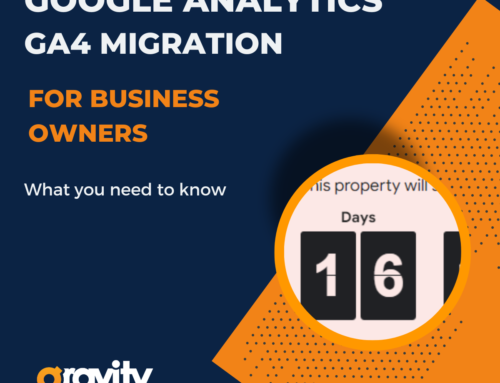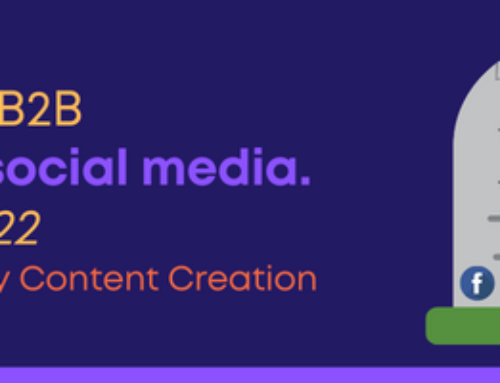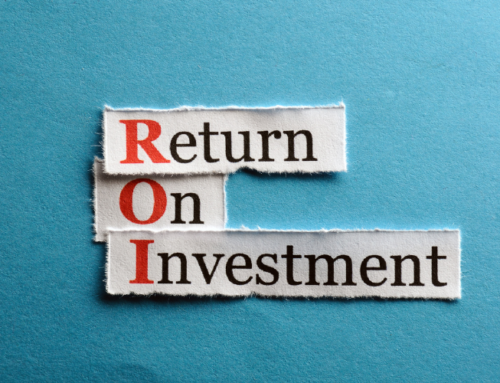
The world has turned virtual and there is no going back – sorry old schoolers! The same sentiment can be applied to marketing and the strategies we employ today. Modern marketing has shifted to digital, in all areas, even good print advertisements have a digital component like a QR code or VR to bring people to see you in their most comfortable environment – a digital one!
But what is digital marketing? And why does it matter to a business owner? Digital Marketing is not just paid ads on Google. It includes paid and free content out there – from your website, to promoted posts on LinkedIn or Facebook, to your own email signature. I dare to say that when you are communicating in the digital era, you are doing some form of Digital Marketing. Why does it matter? It’s the most affordable and effective tool for SMBs to compete with the big players, and to reach a greater audience.
It’s less about the definition and more about the execution. Let’s tackle a few frequent questions we receive from other business owners and CEO’s on how can Digital Marketing improve Lead Generation and grow sales?
1. How do we generate leads through digital marketing?
- Promote your brand or product in a specific audience/market you wish to attract by choosing the right mix of channels and platforms where your audience lives – as individuals and as professionals – LinkedIn, Facebook, TikTok, trade magazines, work emails, etc.
- Consider the buying phases your prospects are on – some people don’t know you exist – hence why it is so important to consider allocating a percentage of your budget to brand awareness through a presence in a key publication to more cost-effective options such as a starting $10/day budget on LinkedIn or Facebook for example.
- Tackle those who already have a pain point and are searching – consider Google Search ads, Bing ads, trade magazines, and invest in good original content to generate organic results – people who will get to you without you having to pay for their click!
- Grow your prospect email database and use email automation with quality content to keep top of mind, and be considered when they need you!
- Educate your prospects on how to buy from you. Your digital content strategy (or content marketing) is especially important for B2B businesses, where we need to wake prospects up to a solution they most likely don’t know exists, or will be displacing an existing investment/supplier. There’s so much to share about a robust content strategy to generate leads. Checkout this article.
Is this enough? It’s a good starting point. Digital is where people are today. So be where the users are, establish an online presence for your brand, but don’t sit waiting for the magic of the internet to do the rest! You need a solid marketing strategy and consistent execution to generate the results you’re looking for.
2. How do we actually capture leads?
- It seems basic enough but it’s not. Many businesses today still rely on websites that don’t have a lead form, which means they rely on an email, address, and phone number listed on the website, and expect people to call or copy/paste the email. There are better ways to capture your leads, and the tip is you want it to be simple and easy!
- Capturing a lead means you were able to gather key information about your prospective client and have enough to reach back with a meaningful follow-up.
- Always include a form on your website to capture key information – name and email are the minimum you will want. Ideally for B2B consider their phone or even more important, a piece of information that can help you categorize and prioritize who you’re reaching out to on a one-to-one basis. For example – how urgent is the project, do they have a design in mind they’re looking to achieve, which threshold are they in a certain topic, etc. In this case as in life, less is more – so keep your forms to a minimum so you don’t scare prospects away, but you still have key information to follow-up with and segment the good from the bad leads.
- Offer precious tools such as cost calculators, product comparison tools or key feature selectors to increase the number of people who come to your website to reveal themselves. It’s all about exchanging something valuable to them!
- Make sure you have forms in your website that connect to your CRM, or that trigger an email to the sales team with every submission.
3. How do I measure the results of my digital marketing investment?
In other words, you’d be asking yourself “is what we’re doing currently working”? The way to determine this is through looking at key areas and the number that support each strategy.
I know you just want to look at revenue, but you need to understand what is moving the needle (or not) in the phases before revenue happens. That’s the only way to know if your marketing is making progress in the right direction. So, break down the funnel with the most meaningful phases for your business.
- How many people are seeing us? – on brand awareness look at metrics such as the total number of people who see your ads, how many times each one saw it – you should have access to these metrics when advertising on Google, Facebook, LinkedIn, eblast through a 3rd party publication, etc.And most important, from these, how many got to your website and were in touch with your company, at least once.
- How many website inquiries = aka form submissions – remember Question #2 from earlier? Super important to note and track how you capture leads. Look at totals month over month, and if you can drill down one level – what did they ask for? Was it a contact reach out, or a download of a comparison tool, or a case study?
- How many RFQ or Proposals is your sales team sending out per month? How many phone calls were received?
- How many new clients acquired?
- Revenue – yes! Can you attribute any new or repeat revenue to marketing activities? A good marketing team will be looking for this metric to understand if the needle is moving in the right direction.
As disheartening as it may be, this is what measurable marketing is all about! It’s simply assessing how you’re doing based off numbers that you can trust and evaluate. So, if you’re not hitting those ideal target numbers you hoped for, don’t panic! Switch things up, make some changes, and try new things- like digital marketing!
4. Does Digital Marketing substitute sales?
No! Digital marketing is building the grounds for sales and should be creating leads for your team to act upon. Digital marketing doesn’t pretend to substitute a face-to-face meeting, a personal phone call, a tradeshow conversation, or a demo of your product.
Your website, together with automation through email and advertising should create a warm lead that is truly interested in talking to a salesperson to learn more and buy. Your digital footprint as a company should inform and guide your prospects and your clients on the best way to buy from you. Want to read a bit more on Outbound vs Inbound marketing for B2B CEO’s? Check out Mike’s take on how OutBound + Inbound generates more sales
The beauty of digital marketing is that it allows you to reach your audience, give you a chance to get to know them and their pain points in an efficient and effective way. It is also a space to utilize the collected information to demonstrate the solutions your product or service would offer! The best part – it can all start online with just a few simple clicks and a well thought out strategy!
Still not convinced? Reach out to Gravity today! We’ll do a free assessment of your business and share with you our marketing recommendations, free of charge.
Ana Yardley, VP of Digital Marketing at Gravity Marketing LLC








